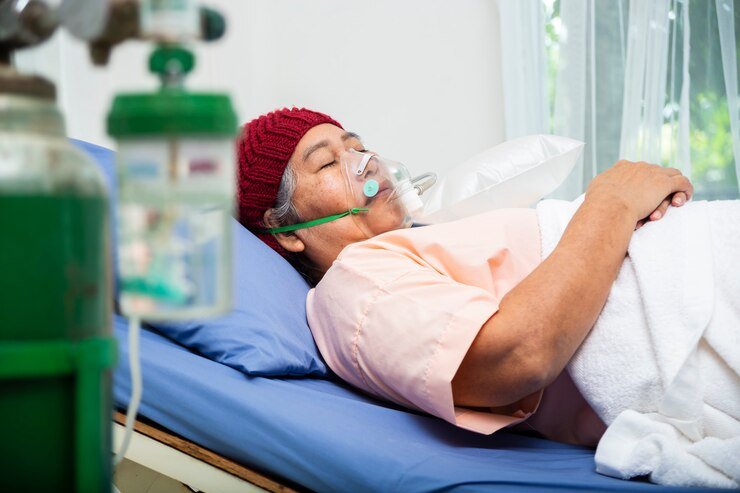How low can your oxygen level go before you die
Circulating oxygen is the blood oxygen level. When oxygen levels drop below 60 mm Hg, doctors consider them low. Dizziness, shortness of breath, and others may occur. Typical blood oxygen levels are 75–100 mm Hg. If below 60 mm Hg Trusted Source, essential organs may not get adequate oxygen. This can cause several symptoms. To ensure every cell has enough oxygen, the body continuously checks blood oxygen levels. Blood oxygen levels reflect how well the body transfers oxygen from the lungs to the cells and can affect health.
Oxygen Level Go Before You Die
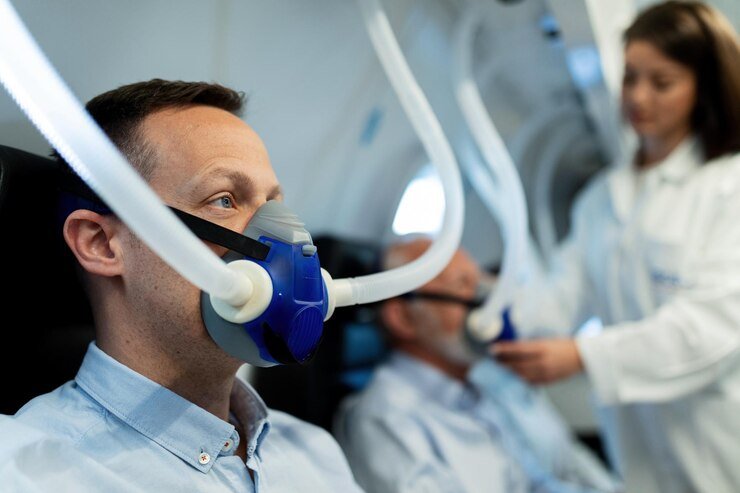
- Regular oxygen levels: How much oxygen should you have? Normal oxygen saturation is 95%–100%. If oxygen levels drop below this range, seek medical help.
- Poor oxygen levels: Oxygen levels between 91% and 95% may suggest a medical concern. People with oxygen levels below 95% need medical attention immediately.
- Low blood oxygen: Oxygen below 90% is dangerous and indicates a medical emergency. The condition is hypoxemia. The guy needs immediate medical attention.
- Very low blood oxygen: Brain oxygen deprivation occurs below 85% saturation. Loss of consciousness and visual changes may occur.
- Serious Hypoxemia: When blood oxygen drops below 80%, the brain, liver, and other essential organs suffer.
- Cyanosis: Cyanosis occurs below 67% blood oxygen saturation. Due to oxygen deficiency, the skin or mucous membranes turn blue.
Symptoms of low oxygen
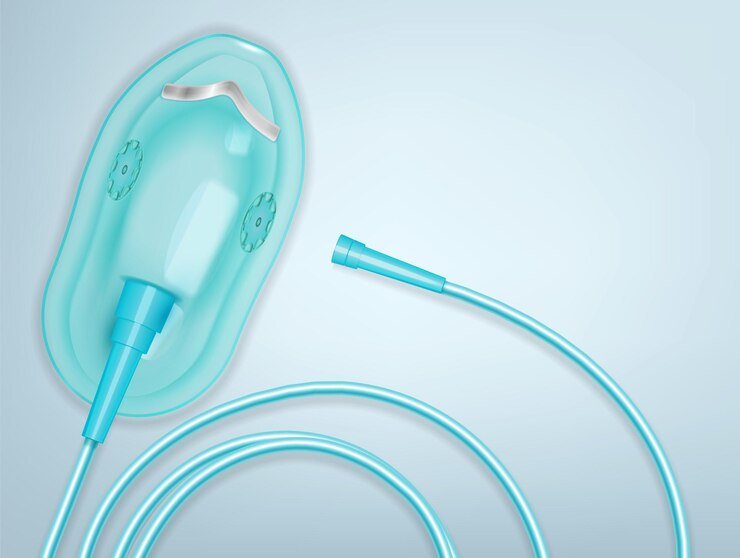
Hypoxemia is low blood oxygen. Hypoxemia symptoms vary by blood oxygen level.
Signs of low blood oxygen include:
- Problems: headaches, palpitations
- Shortness of breath, fast breathing
- Breathing problems or wheezing
- Possible symptoms: cough, sweating, disorientation, confusion.
Cyanosis occurs when oxygen levels drop. Insufficient blood oxygenation causes blue skin around lips, fingernails, etc.
Blood oxygen levels are normal and low.
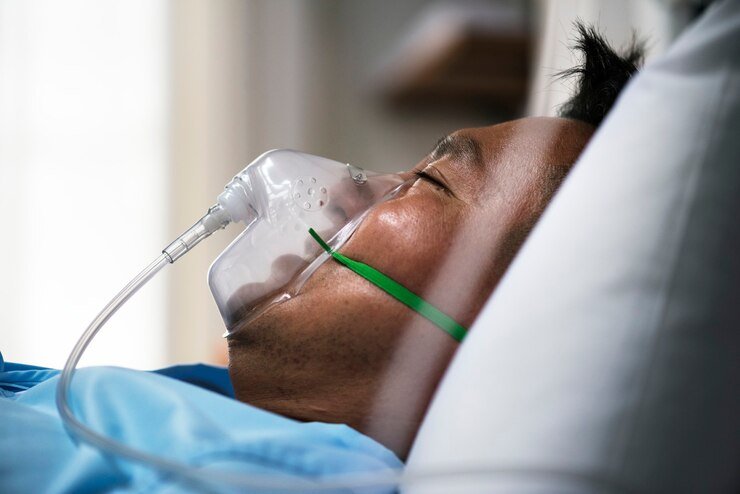
Healthy blood oxygen levels are 75–100 mm Hg. If arterial blood gas (ABG) values show oxygen below 60 mm Hg, medical professionals rate it poorly. Those with these findings may need oxygen supplementation. A low blood oxygen level relative to a healthy individual may indicate hypoxemia. This occurs when the body has trouble supplying oxygen to all cells, tissues, and organs.
Assessing oxygen saturation
Normal blood oxygen levels are 95%–100%. Even with slightly decreasing oxygen saturation, we may not notice symptoms. Thus, blood oxygen levels must be monitored, especially for heart and lung patients. Several methods can measure oxygen levels. A basic, over-the-counter pulse oximeter may measure oxygen saturation. A painless, non-invasive, and easy way to assess blood oxygen levels at home and in hospitals Hospitals also utilize arterial blood gas and breathing testing.
How do you test blood oxygen?
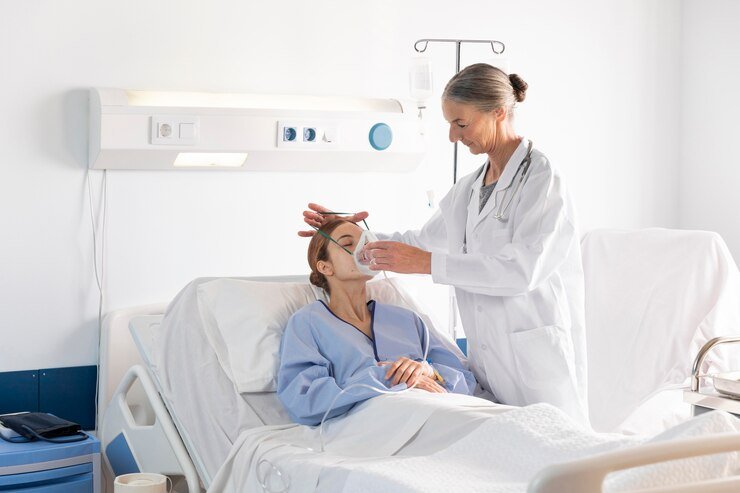
Blood oxygen levels are often monitored with an ABG test. Blood is drawn from a wrist artery for this test. Though uncomfortable, this process is precise. Hospital doctors do ABG testing. A tiny pulse oximeter can be used to test at home. ABG tests cannot be done at home. Usually worn on a finger, a pulse oximeter can also be worn on an ear or toe. Light absorption through a pulse detects blood oxygen indirectly. Although simpler, faster, and less unpleasant than the ABG test, the pulse oximeter test is less accurate.
Many factors can affect outcomes, including trusted sources:
- Grimy fingers
- Bright lights
- Darker complexions
- Nail polish
- Poor extremity circulation
Low blood oxygen reasons
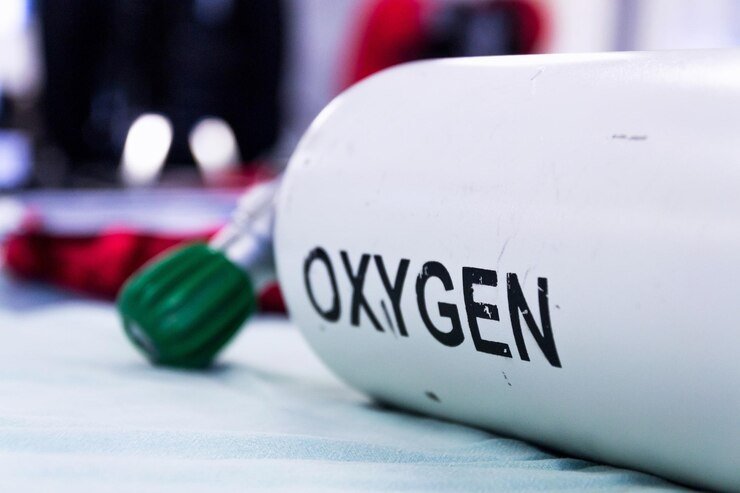
Hypoxemia is low blood oxygen. It may be because Low oxygen levels in the air affect the lungs’ capacity to inhale and transmit oxygen to cells and tissues, as well as the bloodstream’s ability to circulate and carry oxygen throughout the body.
Consult a doctor when
Symptoms of severe shortness of breath include experience at rest, worsening during exercise, sudden choking, cough, rapid heartbeat, and fluid retention at high altitude.
Treatment
Supplemental oxygen can cure low blood oxygen. Doctors can prescribe or recommend home oxygen treatment or give it in the clinic. Some HOT delivery and monitoring systems require a prescription. Lifestyle changes can lessen low-oxygen symptoms and enhance health and quality of life. Potentially helpful changes include: Avoid secondhand smoke, eat a balanced diet with fruits, whole grains, lean protein, and veggies, and exercise regularly.
Summary
The blood oxygen level is the quantity of oxygen in circulation. Pulse oximeters monitor blood oxygen levels. On a pulse oximeter, physicians consider values under 95% low. Low blood oxygen can result from asthma, anaemia, and COVID-19. Treatment usually involves treating the cause, although doctors may also prescribe oxygen therapy or lifestyle changes. With enough blood oxygen, key organs operate well. Monitor blood oxygen saturation levels and see a doctor if they dip. Avoiding problems and maintaining health require early diagnosis and treatment. Schedule an appointment with medical experts for advice.

